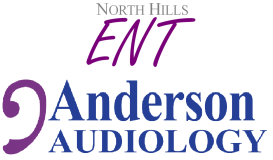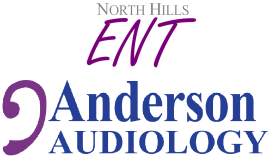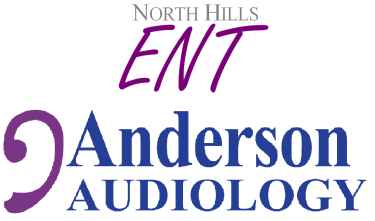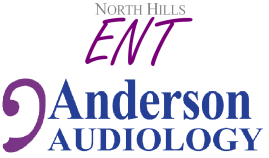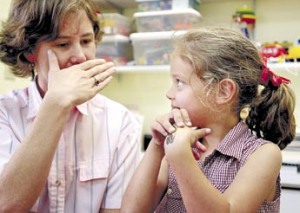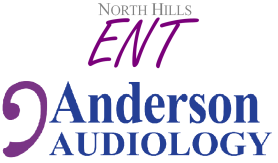Have you finally decided it’s time to stop missing out on the important sounds of your life and take action to correct your hearing loss? That’s great! According to the Hearing Review, people with hearing loss wait an average of seven years to get help. That’s a lot of missed punch lines, important details in business meetings, sweet sentiments from a loved one, cheerful bird songs and laughter from grandkids.
Top 10 things you need before buying hearing aids:
- Hearing Test – The first thing you need is a thorough evaluation from a qualified hearing healthcare professional, like those listed our consumer-reviewed directory. The test is easy, painless and it may cost you nothing more than your time.
- Priority list – Your hearing healthcare professional will do far more than just test your hearing on your first visit. You will also have a discussion about your lifestyle. Is listening to your favorite TV shows a big priority for you or would you rank being able to understand co-workers better during happy hour at the nearby bar much higher? Maybe you wish to stream music wirelessly through your hearing aids at the gym or have easier one-on-one conversations at home. Whatever your priorities, communicate them clearly to your hearing care provider so they can more easily determine which products are right for you.
- Financial plan – Unfortunately, hearing aids are not covered by Medicare or most third-party payers. While many people are working to change this, hearing aids remain a major out of pocket investment in your quality of life. Help is available through financing programs, Vocational Rehabilitation if you are still working, grants and charitable organizations. Do your homework so you can make a plan to pay for your hearing aids and stay within your budget. Your hearing care provider should give you several options that will work for your hearing and your wallet.
- Medical clearance – Previously, either a medical evaluation or a medical waiver was required before purchasing hearing aids. Beginning in December 2016, new FDA guidelines aimed at making it easier for consumers to buy hearing aids no longer mandate this. However, your hearing healthcare provider will refer you to a physician if they see any “red flags” that indicate you need medical attention.
- Realistic expectations – Many hearing healthcare professionals think one of the most important factors in the success of their hearing aid patients is understanding that while today’s hearing aids are amazing in their technological capabilities, they still cannot reproduce natural hearing. In excessively noisy environments, even normal hearing people have difficulty hearing every word clearly, and you may also experience some challenges even with the best hearing aids.
- An open mind – If you have preconceived notions about your hearing loss or what hearing aids are right for you, be ready to have those ideas challenged. Hearing aids have come a long way, technologically speaking, over the past decades, and you may be surprised to find the vast array of features and attractive styles that are available now. Your hearing loss degree or type may mean only certain products will work for you. Trust the process and the advice of your hearing care professional.
- Motivation – Your hearing healthcare professional will go to great lengths to make sure you succeed with your new hearing aids, but you’ll get better results if you put some effort into the process. Being engaged, providing valuable feedback about your experiences and keeping your follow up appointments will help your provider make the right kinds of adjustments to your hearing aids so you get the most benefit.
- Positive attitude – As with most things in life, you will get the most from your hearing aids and your hearing healthcare provider if you stay positive. Having a good attitude and a sense of humor can help you get through most any challenge your hearing loss presents.
- Support system – Many new hearing aid wearers have been encouraged to take the leap by a family member or loved one who has become frustrated with longstanding hearing loss. Before you start the process, discuss your decision with family, friends and even co-workers. Advocating for yourself with them and asking for their support during your journey to better hearing will make you even more successful.
- The right hearing care professional – Buying hearing aids isn’t like buying a typical consumer good. These are highly sophisticated medical devices that require the expertise of a professional with experience in counseling and fitting. A good working relationship is key, so be sure you feel comfortable with your provider and have a good rapport. Look for an office that keeps hours that are convenient for you so you can make your follow-up appointments easily. You can find the right professional for your needs close to home using our extensive directory complete with consumer reviews.

